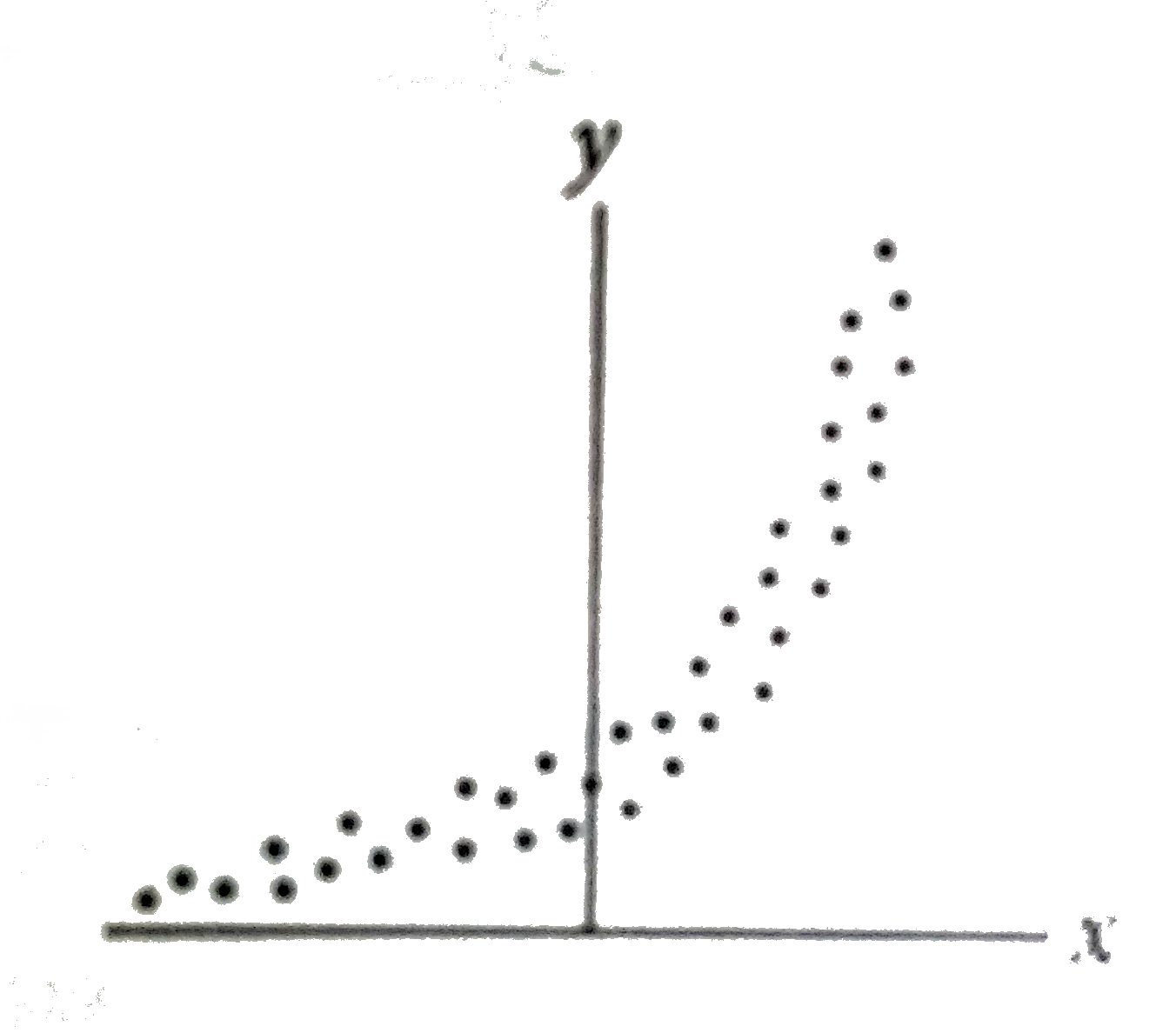Describe three types of transpiration.
Step-by-Step Solution:
1. Definition of Transpiration:
- Transpiration is the process by which plants lose water, primarily in the form of water vapor. This occurs through evaporation, and it is a crucial part of the plant's water management system.
2. Importance of Transpiration:
- Plants absorb water through their roots, using some of it for photosynthesis and other metabolic processes. The excess water, which is not needed, is expelled from the plant through transpiration.
3. Types of Transpiration:
- Transpiration can be classified into three main types based on the site of water loss:
a. Stomatal Transpiration:
- This type occurs through the stomata, which are small openings primarily found on the leaves of the plant.
- Stomatal transpiration accounts for about 80-90% of the total transpiration in plants.
- It is the most significant form of transpiration due to the large surface area of leaves.
b. Cuticular Transpiration:
- This type occurs through the cuticle, which is a waxy layer covering the epidermis of leaves and young stems.
- Cuticular transpiration accounts for about 5-10% of total transpiration.
- The cuticle helps reduce water loss but still allows some evaporation to occur.
c. Lenticular Transpiration:
- This type occurs through lenticels, which are small openings found on the bark of trees and stems.
- Lenticular transpiration accounts for about 2.5-5% of total transpiration.
- Lenticels allow for gas exchange and some water loss in woody plants.
4. Summary of Percentages:
- Stomatal Transpiration: 80-90%
- Cuticular Transpiration: 5-10%
- Lenticular Transpiration: 2.5-5%
- Transpiration is the process by which plants lose water, primarily in the form of water vapor. This occurs through evaporation, and it is a crucial part of the plant's water management system.
- Plants absorb water through their roots, using some of it for photosynthesis and other metabolic processes. The excess water, which is not needed, is expelled from the plant through transpiration.
- Transpiration can be classified into three main types based on the site of water loss:
- This type occurs through the stomata, which are small openings primarily found on the leaves of the plant.
- Stomatal transpiration accounts for about 80-90% of the total transpiration in plants.
- It is the most significant form of transpiration due to the large surface area of leaves.
- This type occurs through the cuticle, which is a waxy layer covering the epidermis of leaves and young stems.
- Cuticular transpiration accounts for about 5-10% of total transpiration.
- The cuticle helps reduce water loss but still allows some evaporation to occur.
- This type occurs through lenticels, which are small openings found on the bark of trees and stems.
- Lenticular transpiration accounts for about 2.5-5% of total transpiration.
- Lenticels allow for gas exchange and some water loss in woody plants.
- Stomatal Transpiration: 80-90%
- Cuticular Transpiration: 5-10%
- Lenticular Transpiration: 2.5-5%
Topper's Solved these Questions
- BOOK - ICSECHAPTER - SELF ASSESSMENT PAPER -2EXERCISE - PART II (SECTION C )6videos
SELF ASSESSMENT PAPER -2
- BOOK - ICSECHAPTER - SELF ASSESSMENT PAPER -2EXERCISE - PART II (SECTION A )10videos
SELF ASSESSMENT PAPER -2
- BOOK - ICSECHAPTER - SELF ASSESSMENT PAPER -1 EXERCISE - PART II ( SECTION C)6videos
SELF ASSESSMENT PAPER -1
- BOOK - ICSECHAPTER - SELF ASSESSMENT PAPER 4EXERCISE - Part - II SECTION - C (Answer all questions)7videos
SELF ASSESSMENT PAPER 4
Similar Questions
Describe the two types of respiration,
View Solution
Which of the following best describes the type of association shown in the scatterplot above?View SolutionExplain translatory motion. Describe two types of translatory motion with examples.
View SolutionList three external factors that increase the rate of transpiration
View SolutionDescribe different types of pollination.
View SolutionWhat are the nephrons ? Describe the types of nephrons on the basis of their location
View SolutionA. In dry atmosphere , the relative humidity is low, so the rate of transpiration increases
B. Slow breeze promotes the rate of transpiration
C. ABA promotes transpiration
D. A high salt concentration in soil water increases transpirationView SolutionDescribe different types of animals on the basis of nature of nitrogenous wastes excreted by them.
View SolutionWhat is transpiration ?
View SolutionName the three types of ribs.
View Solution

